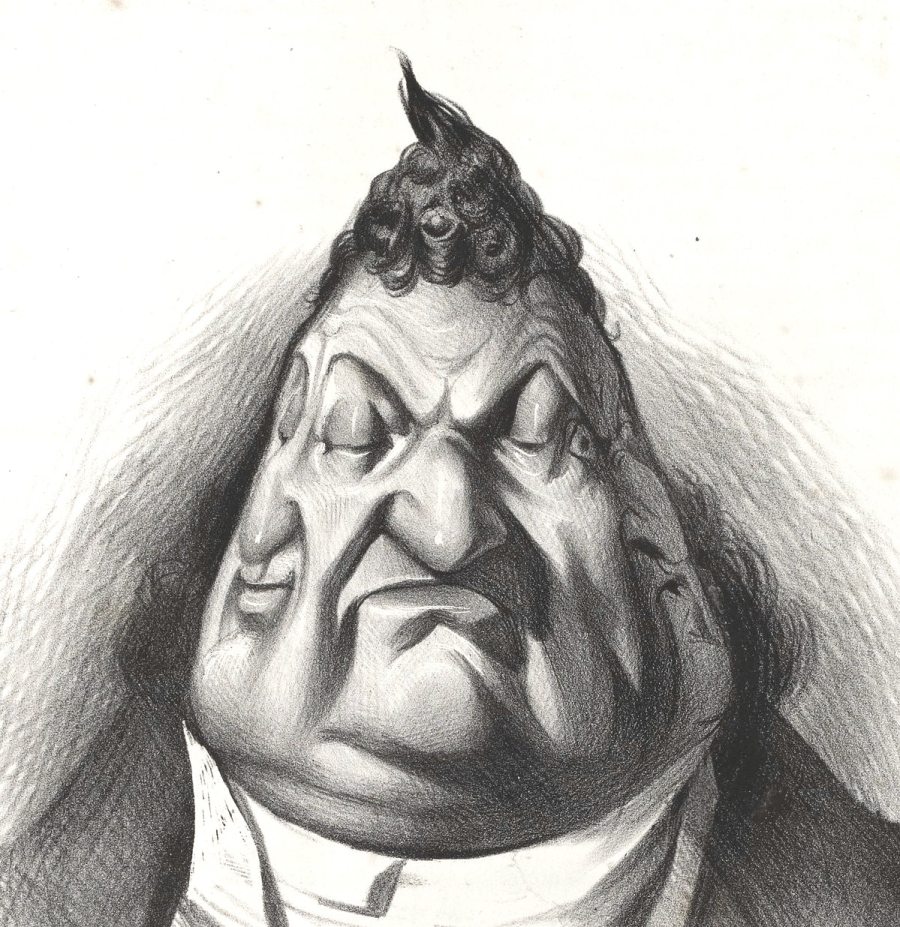 Of Pears and Kings
Of Pears and Kings
Images have long provided a means of protesting political regimes bent on censoring language. In the 1830s a band of French caricaturists, led by Charles Philipon, weaponized the innocent image of a pear to criticize the corrupt and repressive policies of King Louis-Philippe (see Front Image).
Patricia Mainardi investigates the history of this early 19th-century meme.
La Caricature, 9 January 1834, no. 349.
“Around this damnable tyrannical pear there gathered a great howling mob of patriots. There was such fury and incredible unity in their stubborn demand for justice that when we leaf through old humor journals today, we find it a subject of enormous astonishment that such unrelenting warfare could continue for years.” — Charles Baudelaire,
“Wherever open speech is prohibited, symbols and allusions abound. The historian Peter Gay lamented that in our positivist age, this metaphoric language has waned because we now see in only one dimension, the literal and obvious one.
Gay traced the beginnings of this loss to the Enlightenment, beginning with the rise of science as a paradigm and the gradual eclipse of religion; an example would be the formerly near universal comprehension of calling someone “a good Samaritan”, a term that simultaneously invokes the present and a biblical past, enabling us to think on two parallel planes at once.
Caricature, with its mixture of word and image, the literal and the allusive, does this better than language alone, which has caused it to be highly regulated and often prosecuted by authoritarian regimes. Under one such authoritarian regime, nineteenth-century French caricaturists produced one of the most powerful political metaphors in modern history: the representation of King Louis-Philippe as a pear.
The era was, with apologies, “ripe” for this kind of messaging because caricature, imported to France from England during the revolutionary period of the late eighteenth century, was ideally suited to evade the draconian censorship laws instituted by the Bourbon Restoration of 1815. Censorship could occur in several intensifying degrees.
In France, censorship of images was always more severe than censorship of text because images were thought to have a more direct appeal to the lower classes whose literacy was limited. It was customarily exerted in one of two ways: normally, censorship was post-publication, meaning that if a text or image was judged offensive, it would be seized and the author, artist, and publisher tried, fined, and imprisoned. In periods of great instability, however, the more severe measure of prior censorship was instituted.
This meant that nothing, neither text nor image, could be published or even exposed to public view, unless it had first been submitted to government censors and approved by them. Not only artists, authors, and publishers could be held responsible, but even printers were liable and could lose the license that permitted them to work.
This is why so many publications (Diderot’s Encyclopédie, for example) falsely identified their origin as outside France — usually Switzerland, where laws were more liberal.
During the Restoration, artists created a metalanguage of symbols to evade censorship: censorship itself was personified as a large pair of scissors always on the attack, the clergy were represented as candle snuffers busily extinguishing the light of the Enlightenment, and the regime’s political figures as crayfish who knew only how to walk backwards.
In 1830, however, after the “Three Glorious Days” of the July Revolution, the absolutist legitimist monarchy was overthrown in favor of a new constitutional monarchy governed by what was called “The True Charter”.
Like this:
Like Loading...
Related



 Of Pears and Kings
Of Pears and Kings